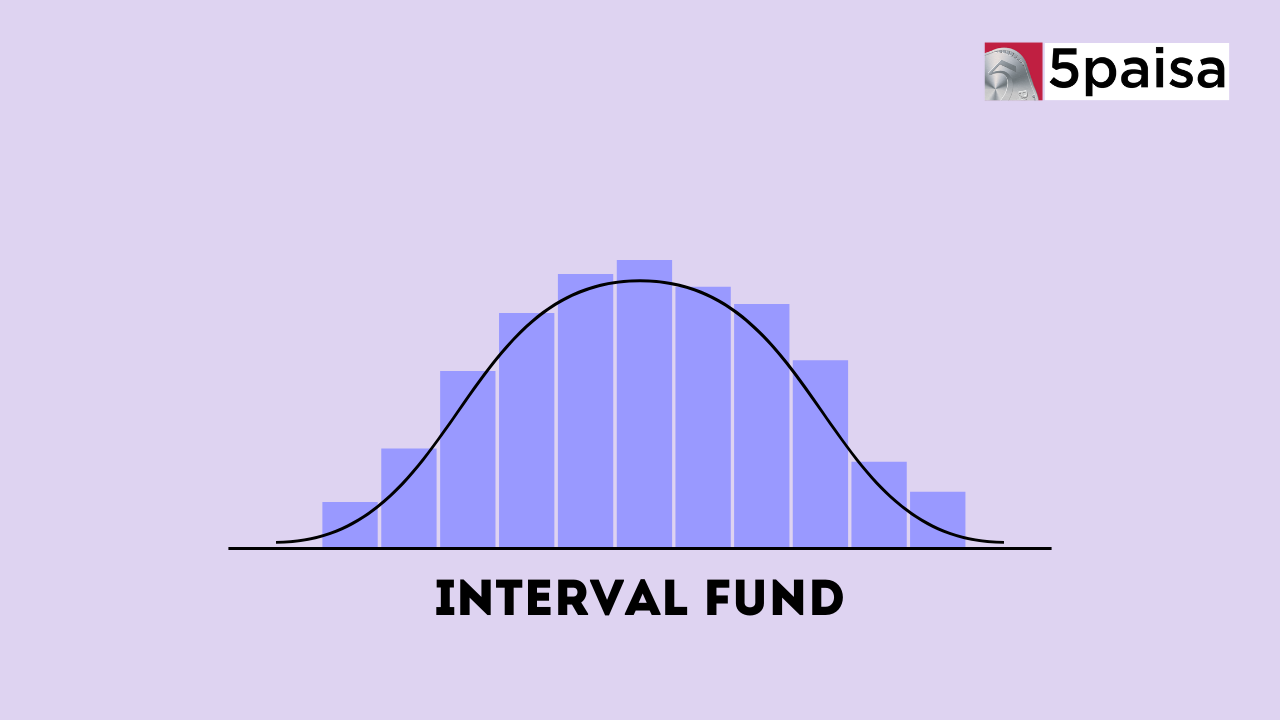What is An Interval Fund?

When it comes to investing in mutual funds, most people are familiar with traditional open-ended and closed-ended funds. However, a lesser-known category called interval funds offers a unique investment opportunity. These funds combine features of both open-ended and closed-ended funds, providing investors with a distinctive way to diversify their portfolios.
What Is an Interval Fund?
An interval fund is a type of mutual fund that allows investors to purchase and redeem units only during specific time intervals declared by the fund house. These intervals can be monthly, quarterly, or even annually. During the designated intervals, investors can buy or sell units at the prevailing Net Asset Value (NAV). Between these intervals, the fund remains closed to new investments and redemptions.
How Do Interval Mutual Funds Work?
Interval mutual funds strike a balance between open-ended and closed-ended funds. While open-ended funds allow investors to buy and sell units at any time, closed-ended funds have a fixed number of units that trade on stock exchanges. Interval funds, on the other hand, offer periodic liquidity by allowing investors to enter or exit the fund during predetermined intervals.
This structure gives fund managers greater flexibility in managing the fund's assets. Since they don't have to worry about frequent redemption requests, they can invest in illiquid or alternative assets that may offer higher potential returns but require a longer investment horizon.
Who Should Invest in an Interval Mutual Fund?
Interval mutual funds are suitable for investors seeking exposure to unconventional assets and those with a short-term investment horizon and low-to-moderate risk tolerance. These funds often invest in illiquid assets such as commercial properties, forestry tracts, business loans, or other alternative investments that may not be readily available in traditional mutual funds.
Key Features of Interval Funds
Here are some important features of interval mutual funds in India:
● Risks and Returns: Interval funds are highly illiquid since investors can redeem units only during specific intervals. This means that in an emergency, investors cannot access their funds immediately, even if they are willing to pay an exit load. Additionally, these funds cannot be traded on secondary markets.
● Potential Returns: Typically, interval funds aim to generate returns of 6-8% over a five-year period. However, for shorter investment horizons, the returns may be lower.
● Investment Horizon: Interval funds are best suited for investors whose investment horizon matches the fund's maturity date. Most interval funds invest predominantly in debt instruments, making them suitable for investors with lower risk tolerance and a preference for relatively lower but steady returns.
● Taxation: The taxation rules for interval funds depend on the percentage of investments made in equity and debt instruments. If the fund invests 65% or more in equity and equity-related instruments, it is treated as an equity fund for tax purposes. If it invests at least 65% in debt instruments, it is considered a debt fund for taxation.
Advantages of Interval Funds
Interval funds offer several advantages to investors:
● Diversification: These funds provide access to alternative asset classes, such as private equity, real estate, or hedge fund strategies, which can help diversify an investor's portfolio.
● Potential for higher returns: By investing in illiquid assets, interval funds may offer higher returns than traditional mutual funds.
● Professional management: Interval funds are managed by experienced professionals who aim to generate consistent returns through investment strategies.
● Periodic liquidity: While not as liquid as open-ended funds, interval funds still offer investors the opportunity to redeem their investments during the designated intervals.
How to Invest in Interval Funds
Investing in interval funds is similar to investing in other mutual funds. Here are the steps:
● Log in to your trading platform or brokerage account.
● Navigate to the mutual fund section and search for the interval fund you wish to invest in.
● Enter the investment amount, mode (lump sum or SIP), and frequency.
● Submit the mutual fund subscription request.
The NAV at which the units are allotted will depend on the timing of your subscription request.
Examples of Interval Funds
Here are some examples of interval funds available in India:
| Scheme Name | Plan | AuM (Cr) | 1Y | 2Y | 3Y | 5Y |
| Aditya Birla Sun Life Interval Income Fund - Quarterly Plan - Series 1 - Direct Plan - Growth | Direct Plan | 270.47 | 7.44% | 7.48% | 6.05% | 5.31% |
| Nippon India Interval Fund - Quarterly - Series 2 - Direct Plan - Growth | Direct Plan | 83.40 | 7.35% | 6.98% | 5.86% | 5.37% |
| UTI Quarterly Interval Fund - III - Direct Plan - Growth | Direct Plan | 10.59 | 7.17% | 6.59% | 5.51% | 4.87% |
| Nippon India Interval Fund - Annual - Series 1 - Direct Plan - Growth | Direct Plan | 16.45 | 7.12% | 6.63% | 5.69% | 5.55% |
| UTI Quarterly Interval Fund - I - Direct Plan - Growth | Direct Plan | 10.08 | 7.09% | 6.52% | 5.47% | 4.78% |
Note: Data and NAV as of May 24, 2024
Conclusion
Interval funds offer a unique investment opportunity for investors seeking exposure to alternative assets and those with a short-term investment horizon. While they may not be suitable for everyone, they can be a valuable addition to a well-diversified portfolio for the right investor.
Frequently Asked Questions
What Types of Assets Do Interval Funds Typically Invest In?
What Are the Risks Associated with Investing in an Interval Fund?
What Fees Are Associated with Investing in an Interval Fund?
- Flat ₹20 Brokerage
- Next-gen Trading
- Advanced Charting
- Actionable Ideas
Trending on 5paisa
Disclaimer: Investment in securities market are subject to market risks, read all the related documents carefully before investing. For detailed disclaimer please Click here.

 5paisa Capital Ltd
5paisa Capital Ltd